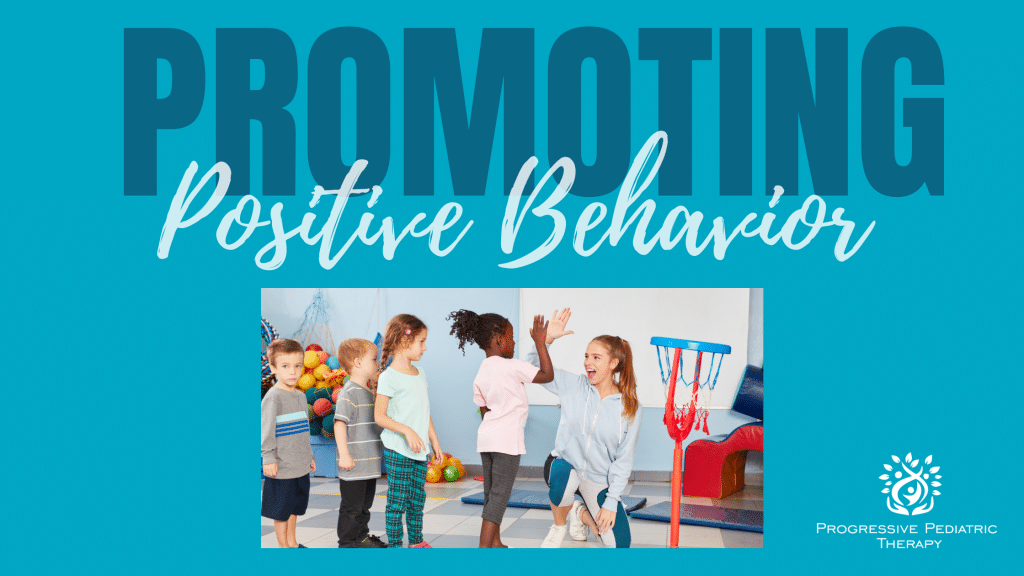Written by Kathryn Ring OTR/L & Tiffany Thomsen OTR/L, edited by Danielle Olmstead COTA/L

How can I encourage positive behaviors at home during the virtual school day?
When we look at behavior it’s important to understand behavior is a form of communication. Children sometimes are unable to communicate their needs whether it’s due to medical, physical, emotional, cognitive, developmental, speech, or language. All behaviors have a specific purpose and when we understand the purpose, all children can feel safe, heard, valued and in turn, successful and resilient.

What are the different reasons for behavior and how can I help?
The 4 most common reasons for behavior are: seeking attention, wanting to escape, expressing a need, and sensory. As a parent, work with your Progressive Pediatric therapist to figure out the behavioral trigger. Try to remove the trigger and see if the behavior continues. If the behavior continues, your therapist can:
- Focus on how to avoid the difficult behaviors and teach new positive replacement behaviors.
- Use strategic behavior techniques such as positive reinforcement. Reinforcements should be meaningful and child centered, created with the child when possible, and rewarded immediately after the positive behavior occurs. Consistent reinforcement of all positive behaviors can help change the difficult behaviors.
- Structure the child’s learning environment, tasks, or interactions according to their needs

Are negative consequences okay?
The answer is yes. However, punishment can reinforce the inappropriate behavior. The following are important recommendations to consider regarding negative consequences:
- Consequences should be logical, constructive, and not punitive.
- Always do a fair pair: a child still needs to be positively rewarded for positive behaviors with the negative consequence.
- If the behavior continues, the consequence is not working.
- Never take something away that has already been awarded.


0 Comments